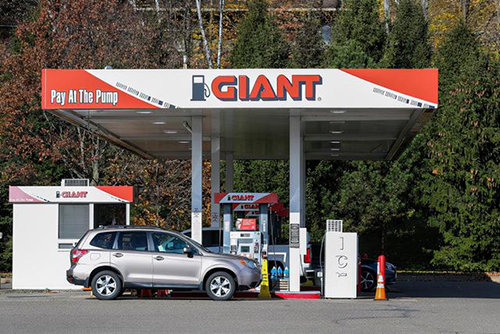How to determine if the fuel dispenser is malfunctioning
To determine whether a fuel dispenser is malfunctioning, multiple methods can be used to make a comprehensive judgment, mainly including the following aspects:
Firstly, observation and inspection

Observe the appearance:
Check the appearance of the fuel dispenser for obvious damage, oil leakage, or loose components.
Pay attention to observing whether there are leaks or abnormalities in the pipelines, valves, etc. around the fuel dispenser.
Check the display screen:
Observe whether the display screen of the fuel dispenser is displaying information such as oil price, fuel volume, and amount normally.
If there are abnormalities on the display screen, such as garbled text, black screen, etc., it may be a motherboard or display screen malfunction.
Check the oil gun:
Check if the oil gun is properly attached and if there is any oil leakage.
Try to lift the oil gun and observe if there is any oil flowing out to determine if the sealing of the oil gun is good.
Secondly, listen to the sound
Start sound:
Start the fuel dispenser and listen for any abnormal noise or vibration.
Noise and vibration may come from components such as oil pumps, motors, or pipelines.
Work voice:
During the refueling process, pay attention to observing whether the sound of the fuel dispenser is steady.
If there is a sudden increase or decrease in sound, it may be due to malfunctions in components such as the oil pump and oil-gas separator.
Thirdly, testing functionality
Refueling test:
Attempt to perform refueling operation, observe whether the refueling machine can dispense fuel normally, and record the refueling speed and amount.
If the refueling speed is too slow or the refueling amount is inaccurate, it may be due to malfunctions in components such as Flow meters and oil pumps.
Emptying test:
After turning off the fuel dispenser, perform a draining operation and observe for any residual or leaking oil.
Poor emptying or leakage may indicate a problem with the pipeline or valve.
Fourth, check the oil and gas separator
Exhaust condition:
Check whether there is gas discharge from the exhaust hole of the oil-gas separator and whether the exhaust is smooth.
If there is more exhaust or suction, it may be a leak in the oil pipeline or a malfunction in the oil and gas separator.
Filter inspection:
Regularly clean the filter screen of the oil and gas separator to prevent blockages that may affect oil flow and separation efficiency.
Fifth, use professional tools for testing
Flow meter detection:
Use professional tools to test the accuracy and stability of flow meters.
If the flow meter malfunctions, it will result in inaccurate fuel filling.
Electrical testing:
Use a multimeter or other tools to check if the electrical system of the fuel dispenser is functioning properly.
Whether the voltage, current, and other parameters of components such as power supply, motor, and motherboard meet the requirements.
Sixth, comprehensive judgment
Combining multiple methods:
When determining whether the fuel dispenser is malfunctioning, a combination of the above methods should be used for inspection and testing.
By observing, listening to sound, testing functions, inspecting oil and gas separators, and using professional tools for testing, a comprehensive judgment can be made.
Seeking professional assistance:
If you are unable to accurately determine whether the fuel dispenser is malfunctioning or the cause of the malfunction is unknown, you should promptly contact professional maintenance personnel or manufacturers for inspection and maintenance.
In short, determining whether a fuel dispenser is malfunctioning requires comprehensive consideration of multiple factors and the adoption of multiple methods for inspection and testing. By promptly identifying and resolving any malfunctions, the normal operation and accurate measurement of the fuel dispenser can be ensured.
Wenzhou Jiahao Petroleum Machinery Co, Ltd is a professional manufacturer of petroleum machinery products since 2010. The main products are Fuel dispenser components including Automatic Fuel nozzle, Adblue DEF Nozzle, Vapor Recovery Nozzle, Flowmeter and Fuel pumps.





